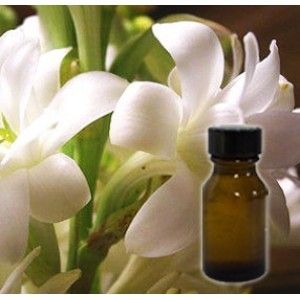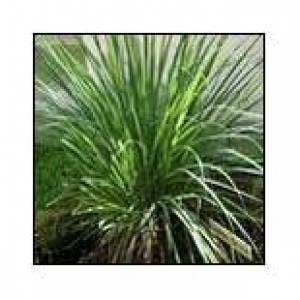
Tuberose Absolute Oil
Product Details:
- Volume OIl Milliliter (mL)
- Appearance Pale Yellow
- Raw Material Flowers
- Odour Natural
- Storage Store in Cool
- Gender Male
- Purity 100%
- Click to view more
Tuberose Absolute Oil Price And Quantity
- 1 Liter
- 450000.00 - 500000.00 INR/Bottle
- 450000.00 INR/Bottle
Tuberose Absolute Oil Product Specifications
- Pale Yellow
- Flowers
- Reduce Pigmentation Fragrance Compound Boost Memory
- Herbal Extract
- OIl Milliliter (mL)
- Store in cool dry place
- 5 Years
- 100%
- Store in Cool
- Natural
- Male
- All Age Group
- Pure Essential Oils
Tuberose Absolute Oil Trade Information
- Jaipur
- Cheque Letter of Credit (L/C) Western Union Paypal Letter of Credit at Sight (Sight L/C) Telegraphic Transfer (T/T) Delivery Point (DP) Days after Acceptance (DA)
- 1000 Liter Per Year
- 5 Days
- Yes
- Free samples available with shipping and taxes paid by the buyer
- Western Europe Australia North America Eastern Europe Middle East Africa Central America South America Asia
- All India
- ISO and Trade MArk
Product Description
Tuberose Absolute Oil
The Tuberose, Polianthes tuberosa is a night-blooming garden plant. The creamy-white, waxy tuberose flower is renowned for its sweet fragrance and has been used in perfumery for centuries. The tuberose plant grows from bulbs and likes warm, sunny growing conditions. The plant gains its name from the Latin word Tuberosa, meaning 'tuberous', on account of its tuberous root system. There are around 12 species of tuberose plant The heady and popular fragrance of tuberose was traditionally extracted by enfleurage, the same method used to extract the fragrance of jasmine. The enfleurage was labor intensive and was used because the heat of steam distillation would denature the delicate aroma of the flowers. Owing to the labor-intensive nature of this extraction, in modern times tuberose is extracted using solvent extraction - such as via hexane (which creates tuberose absolute) or CO2 extraction. 3600 pounds of tuberose flowers are needed to make 1 pound of absolute, meaning that tuberose commands a high price as a perfume ingredient. Â It's said that extraction of tuberose using chemical solvents leads to a lesser quality fragrance owing to the possibility of traces of solvent residue remaining in the absolute; but that this extraction method is often performed owing to commercial factor.Tuberose as antibacterial: A few studies have already established through supporting evidence the promising antibacterial actions of tuberose essential oil.Tuberose as anti fungal: Albeit mild, tuberose absolute also exerts considerable antifungal activity at a concentration of 500 mg/L, as evaluated against the mycelial growth of Colletotrichum gloeosporioides on potato dextrose agar medium. Interestingly, geraniol, indole, and methyl anthranilate - few of tuberose's chief components - exhibited significant activity and inhibited mycelial growth at the same concentration.Tuberose as anti-mosquito agent: The mosquito Culex quinquefasciatus is recognized in the medical profession and epidemiological studies as the notorious vector of lymphatic filariasis,a disease caused by an infection with nematodes (roundworms) of the family Filariodidea and characterized by an altered lymphatic system and an abnormal enlargement of body parts, causing pain and severe disability

Price:
- 50
- 100
- 200
- 250
- 500
- 1000+









